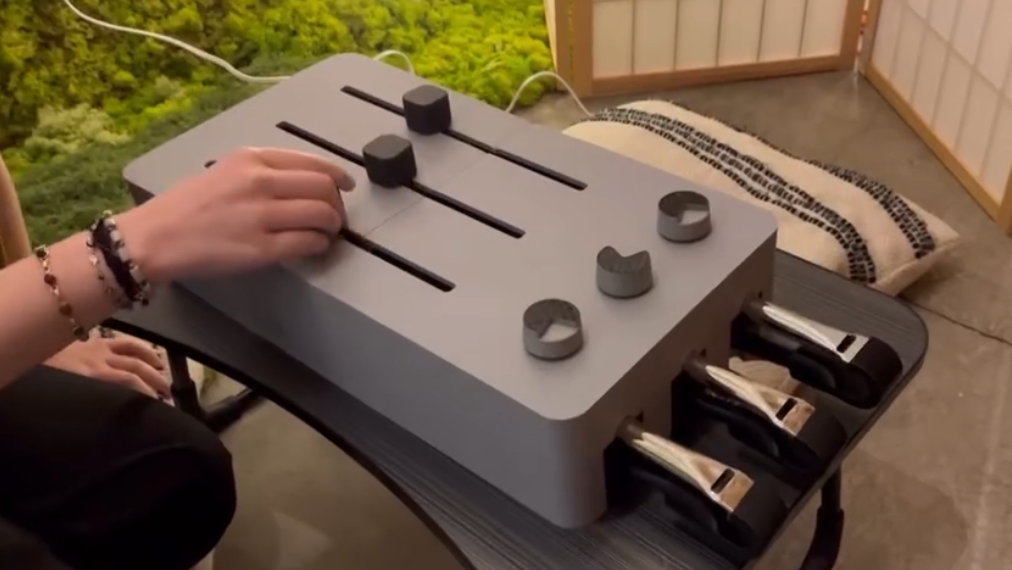I finally managed to finish the basic interfacing of my 320x240 Ch LCD Kent Display to my Arduino, hardware issues and work busyness have been slowing me down. For now it just includes the SPI functions from the datasheet. Next, I will be adding some higher level functions to draw, write text, etc. The biggest issue I encountered was getting a good connection between the Duemilanove pins and the breakout board from Sparkfun. I ended up buying a Screw Shield and then soldering a piece of protoboard to the header that I soldered to the breakout board. All of the commands seem to be getting to the display now! Here's a video of the test code in action!
Here's the (working) hardware connection:Here's a shot of the screen after a full refresh running the test code (since my video camera is cheap and you can't really see it in the video):
The driver with the test code is located at my code hosting blog: A1 Code, I'm trying to come up with a better means of sharing my code as the tabbing and formatting is kind of messed up but it does work if it is copy-pasted from the blog.







